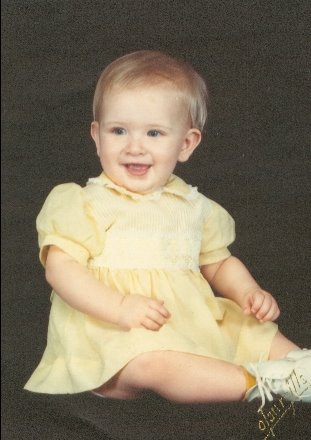Fin M'Coul
De Paola, Tomie. 1981. Fin M’Coul: The giant of Knockmany Hill. New York: Holiday House. ISBN: 082340384X
Fin M’Coul is the story of a giant and his wife Oonagh who have a lovely little home on the top of Knockmany Hill in Ireland. Fin and Oonagh go about minding their own business and living in peace until one day while at work, Fin hears that Cucullin is coming. Cucullin is a giant with the reputation of being somewhat of a bully—he once smashed a lightning rod so flat it looked like a pancake (which he ever after carried in his pocket to show off his great strength). “Every giant in Ireland had been given a good beating by Cucullin…except Fin M’Coul.” So, upon hearing the news that Cucullin was looking for him, he ends his work building the causeway between Ireland and Scotland and rushes to his home on Knockmany Hill and to Oonagh. When Oonagh hears Fin’s fear, she gently tells him that it is time he stood up to the ole bully. So, she works an old charm she learned from a fairy and sets to work getting ready for Cucullin. She dresses Fin up in baby clothes and puts him in a cradle, reminding him that Cucullin’s great strength lies in his magical brass finger. When Cucullin gets to Knockmany Hill, Oonagh tells him that he has just missed Fin, but that he’ll be back by tea. He tells her he has come to beat up Fin, but she warns him that Fin will be no easy match—just take a look at how big their baby is. After a few of Oonagh’s tricks, Cucullin goes to examine the strong teeth of the big baby and Fin manages to bite the bully’s brass finger clean off, rendering him helpless and weak. And all “big folk”, including Fin and Oonagh “lived a long happy life.”
It’s hard not to read this story hearing a sharp Irish accent in one’s head. The retelling of what this ancient Irish tale is simply but imaginatively delivered. The theme of the hero being afraid and the hero’s wife becoming heroine, outsmarting the villain with her fairy charms and just plain cleverness, shows that a touch of “feminism” has long lived amongst the Celtic peoples.
The bold lines and great empty spaces of De Paola’s illustrations echo the simplicity of the story and mirror the “giant-ness” of the characters. The abundance of green seems to call the mind to an Ireland of lore. The small, peripheral drawings of trees, animals and people help build the illusion of the characters’ size but also point to a giants-are-people-too feeling. As noted at the end of the book, the border illustrations around the text were designed in the tradition of “early Irish jewelry and metalwork.”
Sadly, I couldn’t find a review of this book.
This version of Fin M’Coul could facilitate discussions on many topics, including the following: Irish folklore, gender relations, overcoming physical obstacles with mental muscle, size doesn’t matter, etc. It could also be included in a series of books used for a St.Patrick’s Day themed celebration or unit—encouraging children to write and illustrate their own Irish folktale using giants and even re-writing the ending of this story.
Reviewed by Joelie Key-Tissot 09/21/06


0 Comments:
Post a Comment
Subscribe to Post Comments [Atom]
<< Home